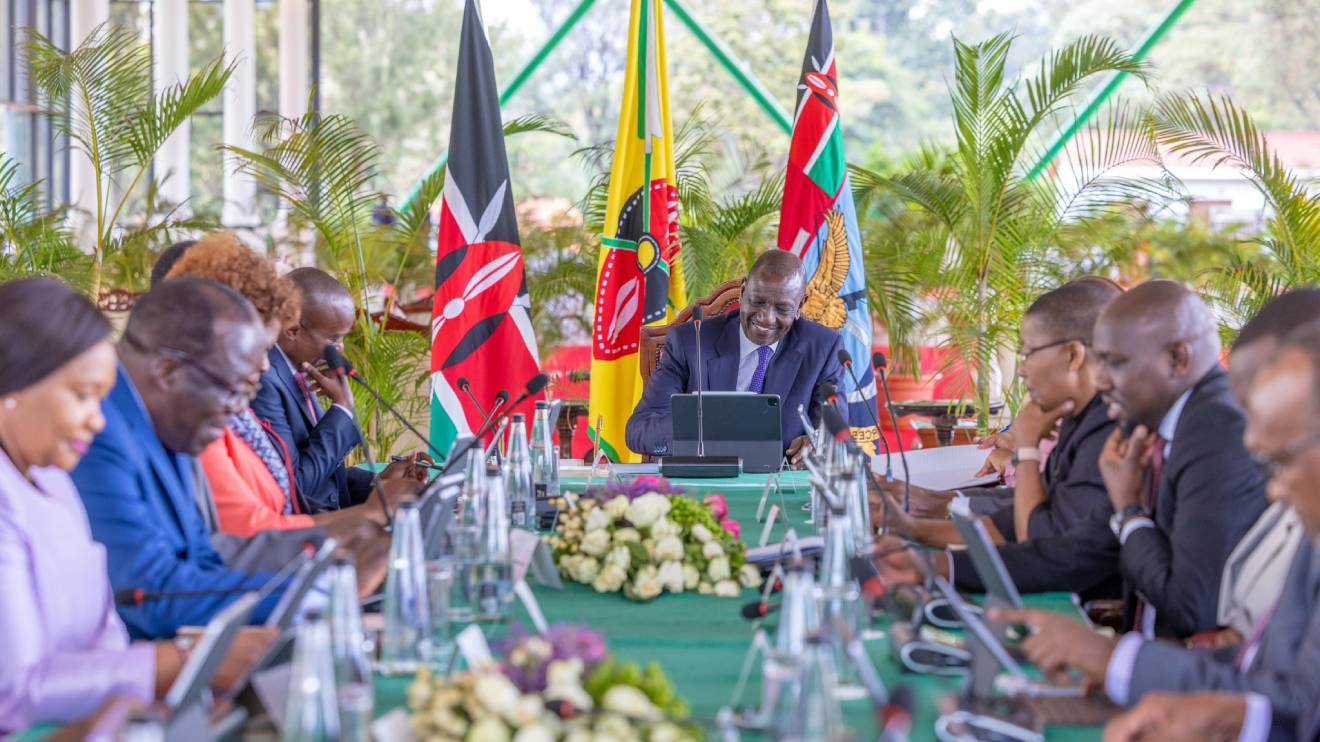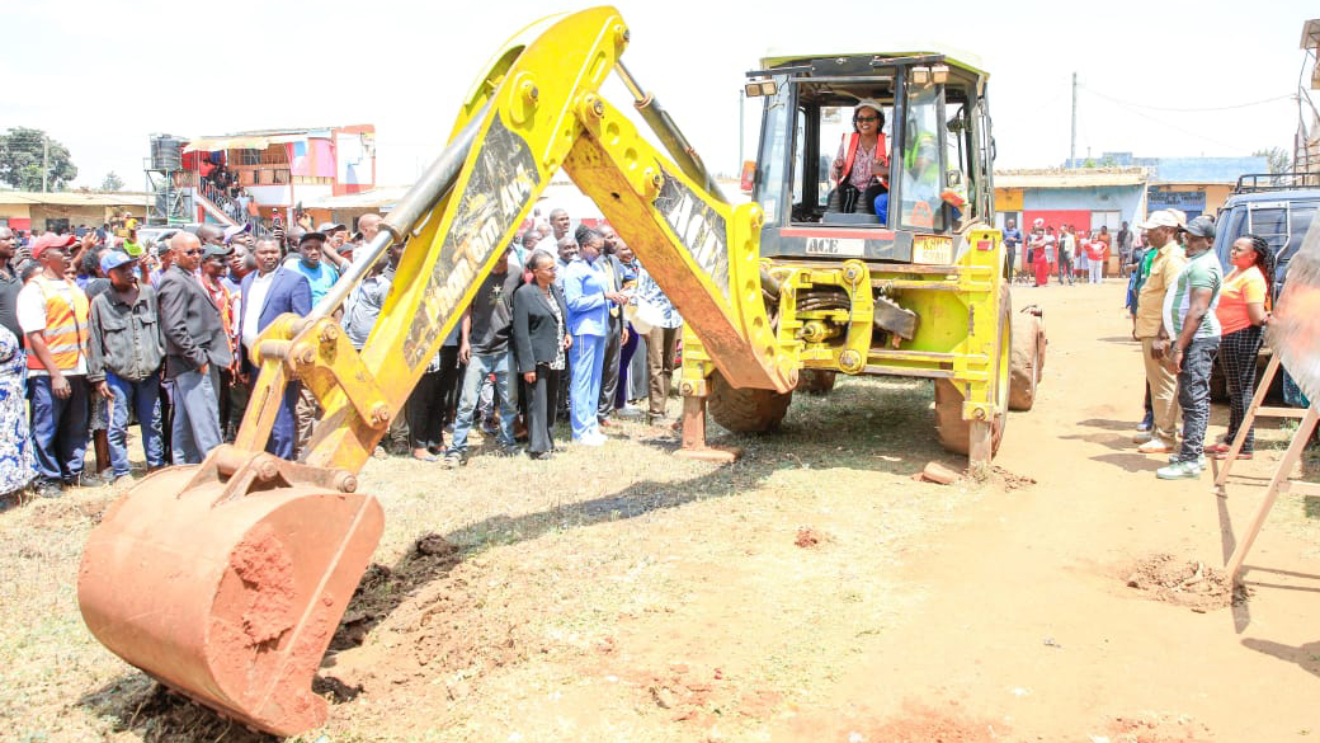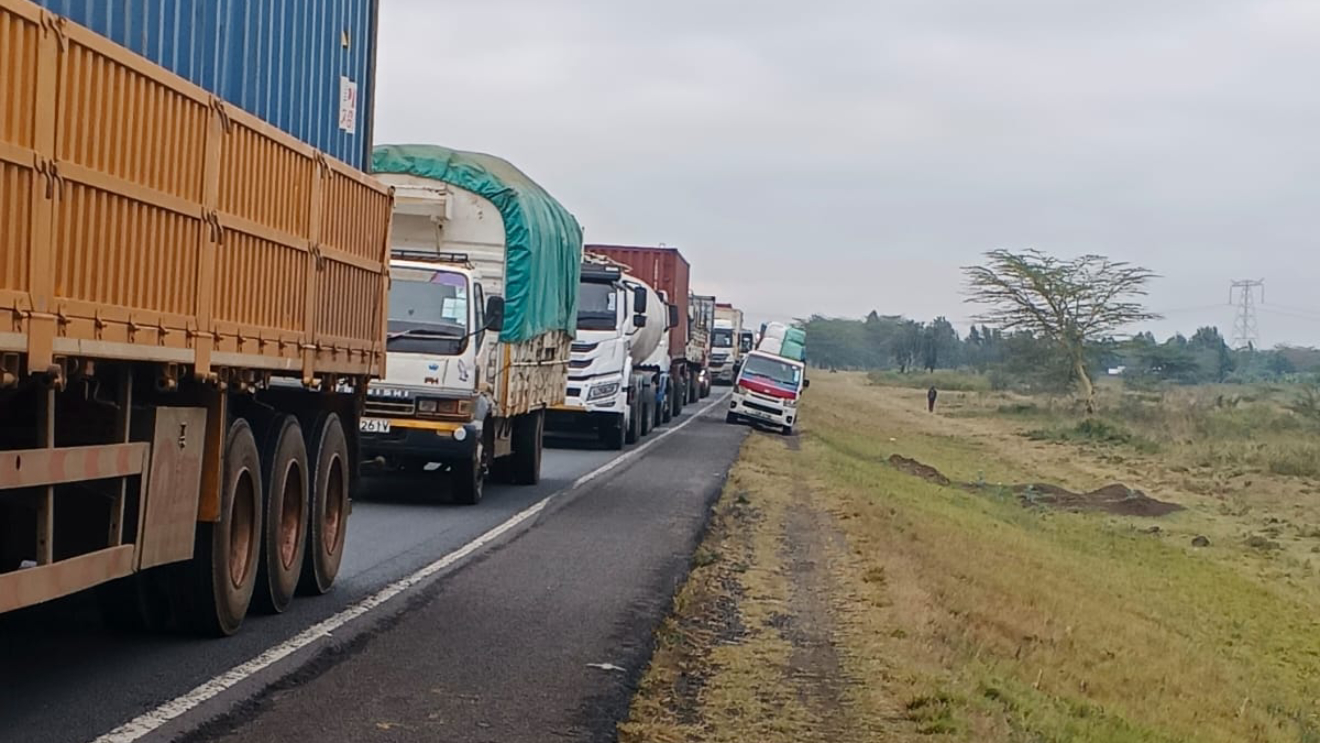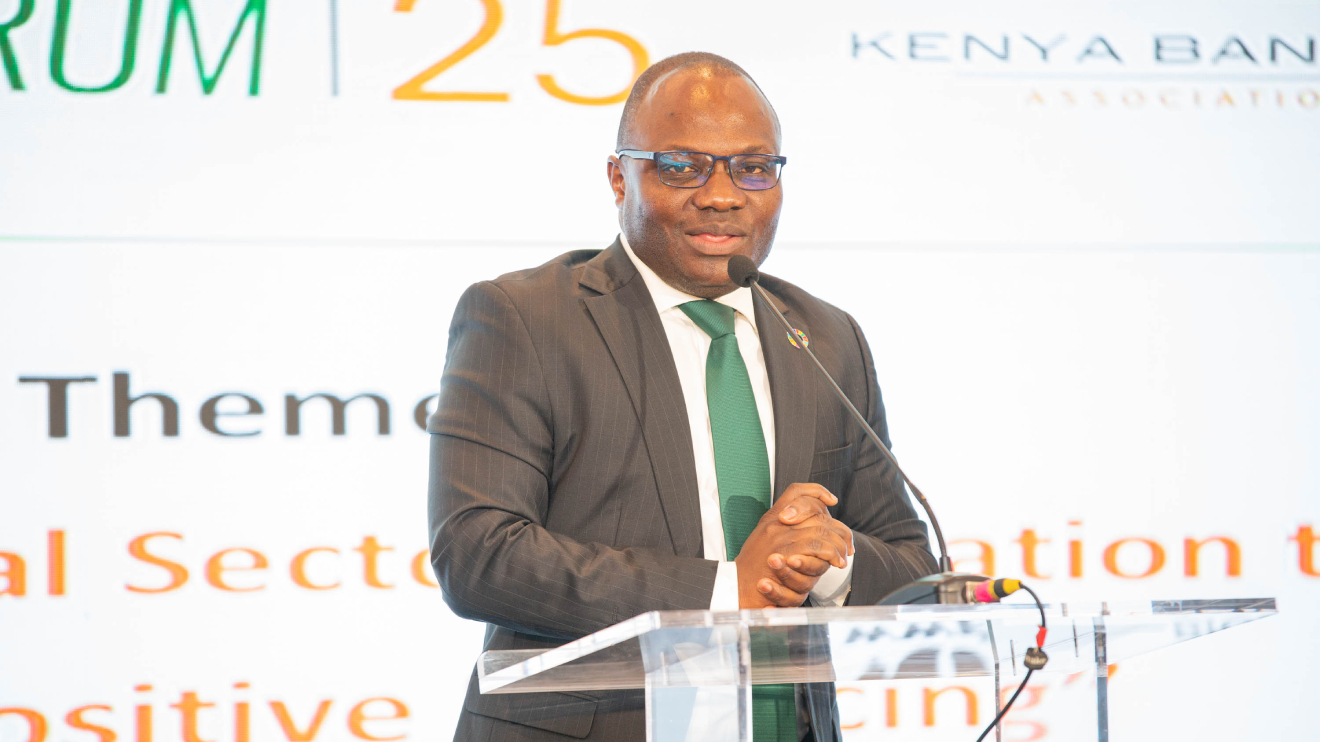On Tuesday, President William Ruto presided over a Cabinet meeting at State House, Nairobi, where a major policy decision was taken to release funds under the Road Maintenance Levy Fund (RMLF), allowing up to 80 per cent of verified contractor claims to be settled as part of efforts to unlock delayed infrastructure works and ease financial pressure on contractors.
In a bid to deepen this innovative approach, the Cabinet agreed to an additional payout of up to 40 per cent, on the condition that contractors agree to extend their final payment deadlines by 120 days.
The government noted that this model has not only revived stalled projects but also improved liquidity among contractors and restored momentum in nationwide infrastructure development.
“Sh64.2 billion” has already been disbursed, settling “40 per cent of verified contractor claims of 575 contracts covering 393 projects," the Cabinet disclosed.
An additional settlement was approved, but the Cabinet placed a specific condition on the contractors before the remaining payments are processed.
Read More
“An additional payment of up to 40 per cent, bringing the total settlement to 80 per cent, on the condition that contractors extend the final payment deadline by another 120 days,” the Cabinet said.
The Cabinet explained that the disbursements had already made a measurable impact on the national infrastructure programme.
“Resolved long-standing financial obligations, unlocked stalled projects, improved contractor cash flow, and ensured continuity in infrastructure development nationwide.”
To ensure the broader execution of government programmes across other sectors, the Cabinet announced a framework involving different institutions that will support the implementation.
The session also included decisions in the health, youth empowerment, and energy sectors, but the roads portfolio received the most attention due to the scale of pending claims and stalled contracts.
By strengthening the RMLF model and tying it to extended payment windows, the Cabinet signalled its intent to balance financial obligations with the need for continuous development.












